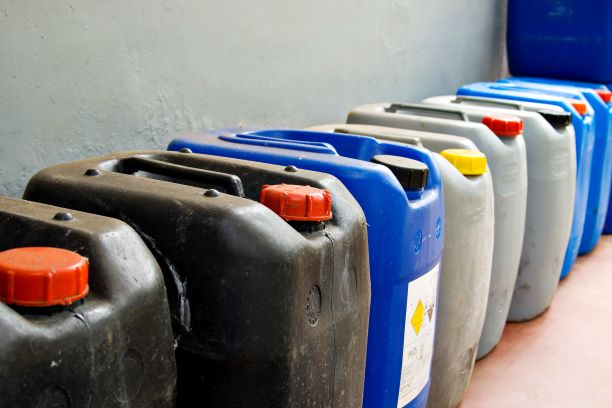Anyone in pest management (and commercial cleaning) should be well aware of the need for detailed record keeping. It is a requirement of all states and territories to keep clear records relating to all aspects of chemical usage.
This makes sense, given any chemical misuse can result in serious consequences. These consequences may affect your business, your customers, others in the environment treated, and the environment itself.
Ideally, record keeping when using chemicals would reside in the one document. They should consist of one document per client activity.
Must-haves in records
The notes contained within should include:
- Name and contact details of your business
- Name, address and contact details of property owner or occupier
- Full product name of pesticide(s) and/or other chemicals used
- Name of person or persons who applied the pesticide
- Date of use
- Start and finish times of treatment
- Target pests
- Address of where chemicals were used
- Application rates
- Mixing rates
- Amount of product used
- Amount of mixture applied
- Description of equipment used
- Location of application areas for each pesticide used (within premises or property)
- If applied outdoors, estimate of wind speed and direction at start of application
- Any significant change of wind speed and direction during outdoor application
- If the pesticide label specifies temperature, humidity or rainfall constraints record these at time of application.
Record as you go
Ideally, you would be creating your record of chemical usage as you prepare for the activity. Then you should continue the record keeping when using the chemicals, as well as afterwards when you assess the work.
Rapid Solutions has a Risk Assessment and Chemical Record Keeping template in the Rapid Inspect App, and word and pdf versions that comply with the relevant legislation. If you are a current Rapid Solutions customer, you can take advantage of this and save yourself the time of creating your own. Contact us to access this.
Know that some states and territories have slightly different or additional record keeping requirements, so it is always best to check with the relevant authority in your region to fully uncover what they require.
Also be aware the various state and territory work health and safety laws require a risk assessment to be carried out prior to the use of any chemicals.
Remember your SWMS
Further, you should be creating a Safe Work Method Statement for every business activity you perform. It is a part of record keeping when using chemicals.
This way you have the evidence needed to show you’ve planned and conducted safe work activity at every turn, in the event of a work safety incident.

